By the mid-1970s, GM had no shortage of platform-sharing across its divisions. The Ventura was Pontiac’s version of the X-body, sharing bones with the Chevrolet Nova. But to stop at that comparison misses the point. The 1974 Ventura Sprint wasn’t just a copy-paste job—it had its own tuning, styling, and driving feel that made it more than just a rebadged Chevy. It might’ve flown under the radar compared to Firebirds and GTOs, but there’s plenty under the surface that makes this Sprint worth a second look.
Pontiac Tuned the Suspension Differently Than Chevy
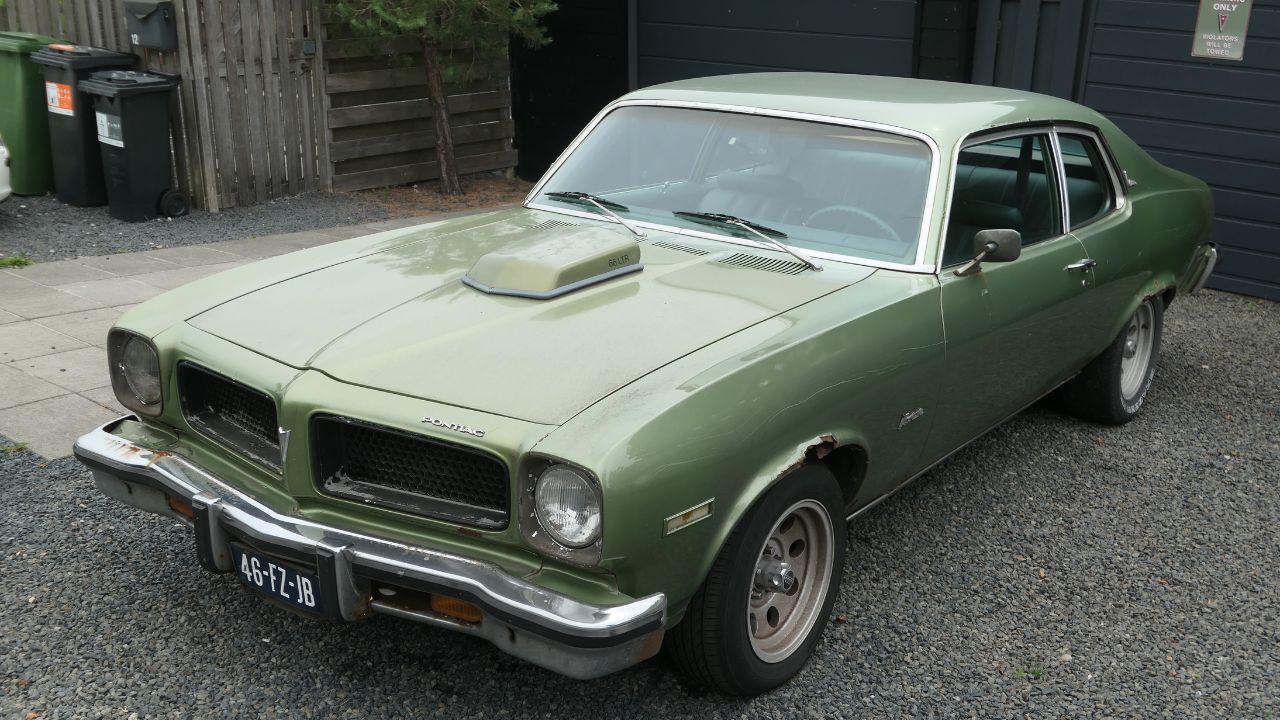
Even though the Ventura and Nova rode on the same platform, Pontiac engineers didn’t just leave the suspension settings alone. The Ventura Sprint got Pontiac’s own spring rates and shock tuning, which gave it a noticeably firmer and more responsive ride. It wasn’t sports car sharp, but it held a line better than you’d expect from a mid-tier compact in ’74. While the Nova leaned a little more into soft cruising, the Ventura felt better planted through corners and tighter in general road feel.
The Ventura’s Front-End Styling Had Pontiac DNA
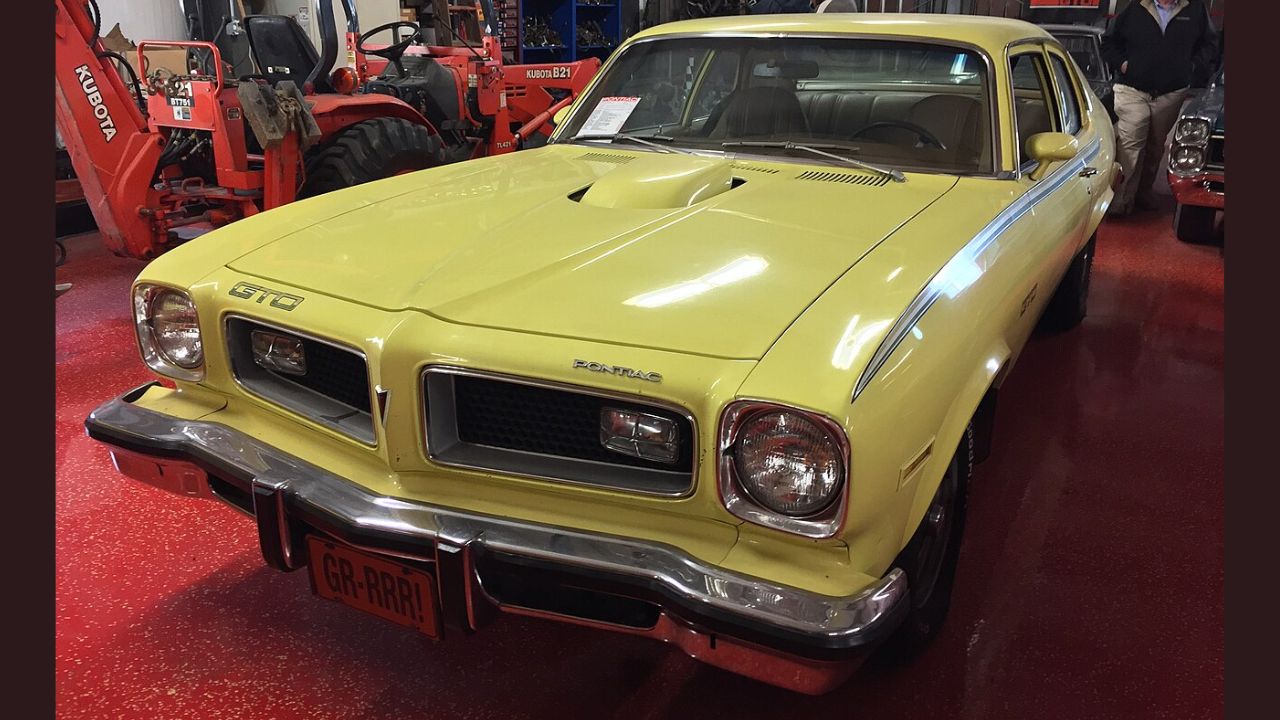
You can spot a Ventura Sprint a block away thanks to its Pontiac-specific grille and front fascia. The split grille treatment mirrored what you’d find on the LeMans and Firebird, giving it more presence than the more utilitarian Nova. It was a styling cue that helped separate it from its Chevy sibling and gave it a little of that Pontiac attitude. The lines were clean, the chrome trim was restrained, and it didn’t feel like a parts-bin job, even if the basic structure was the same.
Optional 350 V8 Gave It Legit Muscle
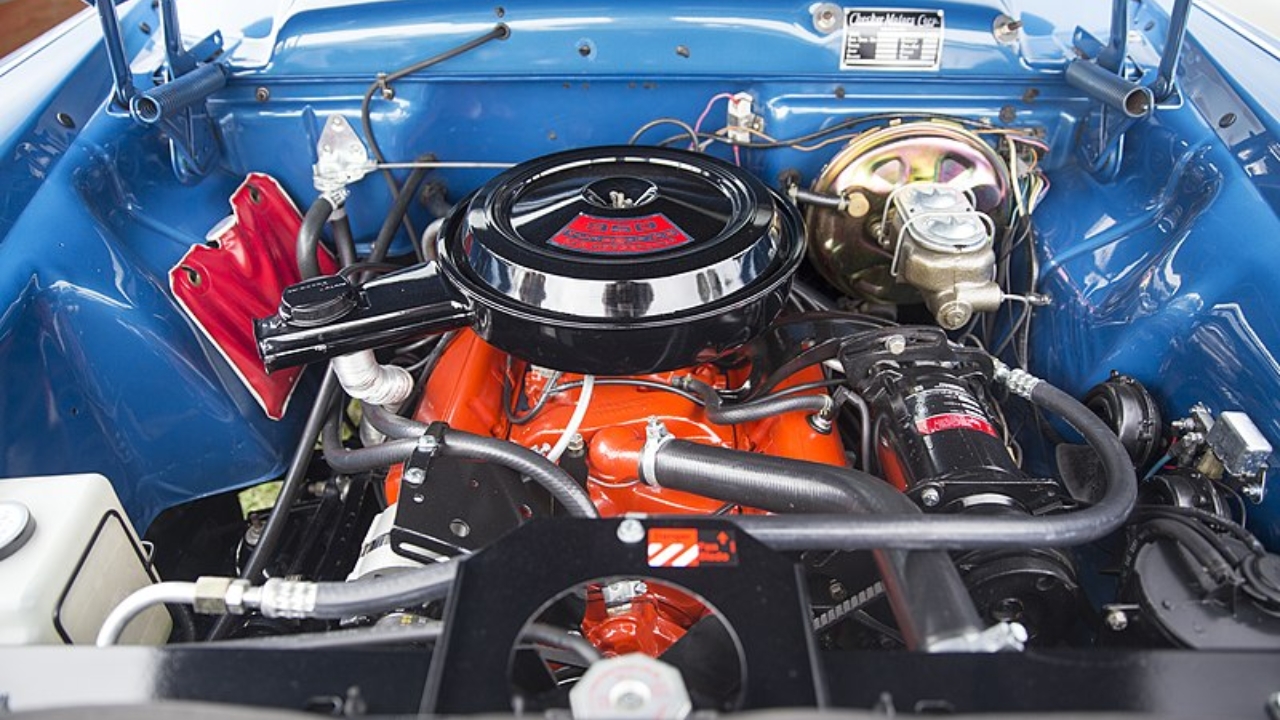
The base Sprint came with a 250 inline-six, but things got more interesting if you checked the right boxes. Buyers could option up to a 350-cubic inch V8 with a 4-barrel carburetor making 175 hp and 275 lb-ft of torque. That wasn’t earth-shattering, but it gave the Sprint enough grunt to hold its own in traffic and even surprise a few bigger cars off the line. Matched with a TH350 automatic or a 3-speed manual, it had real-world punch that made it more than just a showpiece.
The Sprint Appearance Package Meant Something
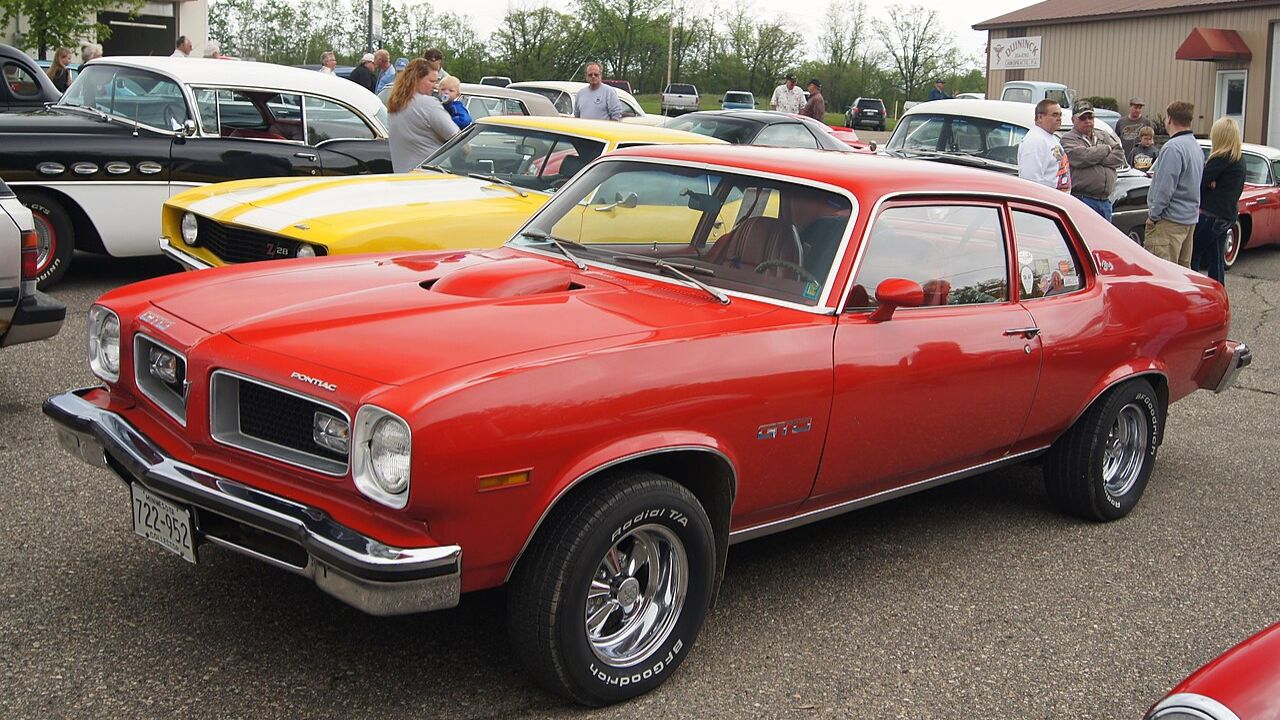
Sprint wasn’t just a name—this package actually added visual attitude. You got body-color sport mirrors, Rally II wheels, a blacked-out grille, and unique badging. The striping was tasteful, not overdone, and it tied the look together without trying too hard. Inside, high-back bucket seats and a sport steering wheel were available, giving the interior some personality beyond basic vinyl. For buyers who didn’t want to go full Firebird, it was a nice middle ground.
Interior Fit and Finish Was a Step Up From the Nova
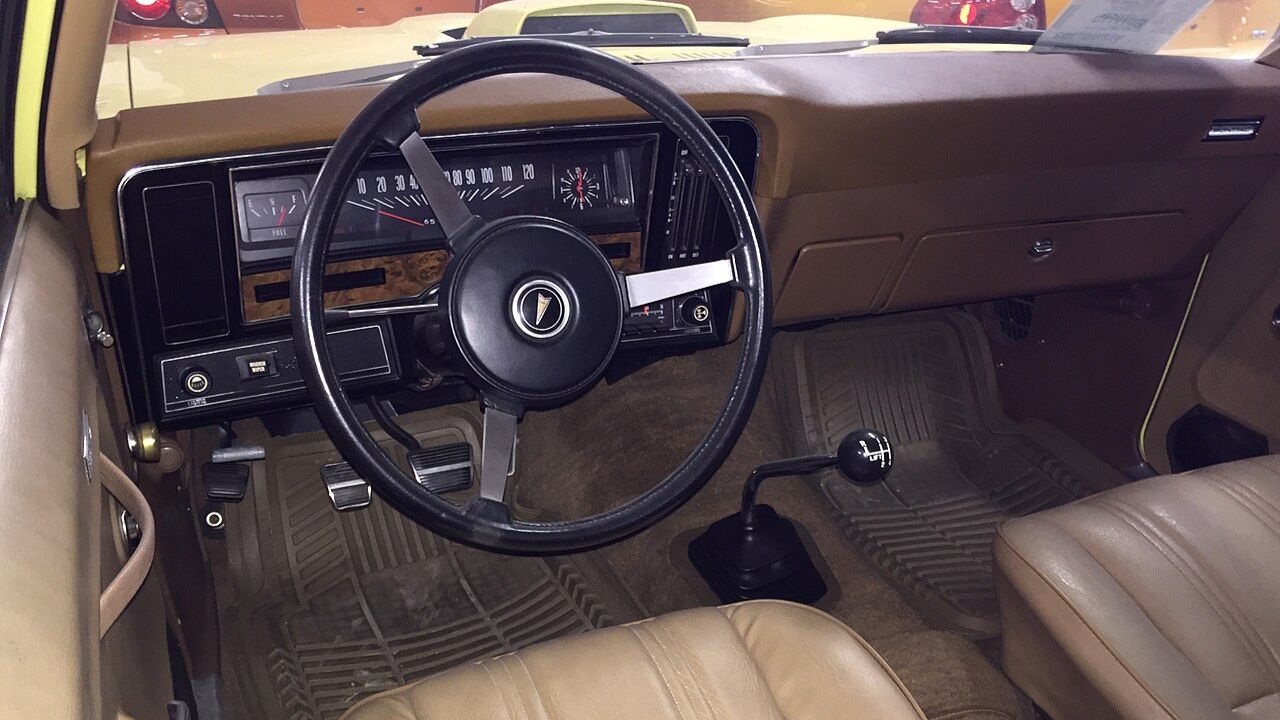
Pontiac positioned itself as a slight step up from Chevrolet in GM’s hierarchy, and the Ventura reflected that inside. The materials were a bit better, and the dashboard design had more thought behind it. The Sprint’s available woodgrain trim and upgraded upholstery gave it a more finished, mature look than the plain-Jane Nova. It still wasn’t fancy, but it had more character—and a little more comfort—than you’d expect in this segment.
It Had Factory Rally Gauges and a Floor Shifter
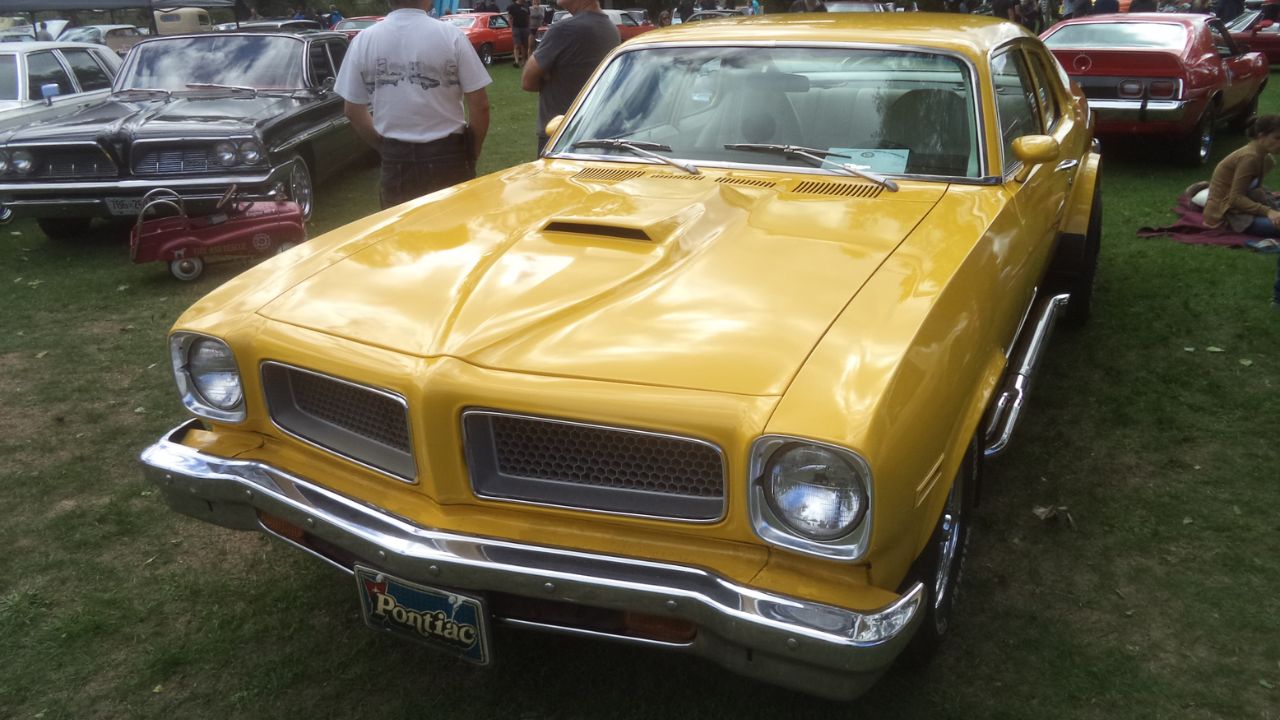
Not something you’d expect in a compact like this, but Pontiac offered a real gauge cluster and center console setup in the Sprint. You could get a full set of rally-style instruments with a tach, temp, and oil pressure gauge. Combine that with the optional floor shifter and you had something that felt closer to a baby muscle car than an economy compact. It gave the Sprint more driver focus than most cars at its price point, especially compared to Nova’s more basic setup.
Weight Distribution Made It Well-Balanced
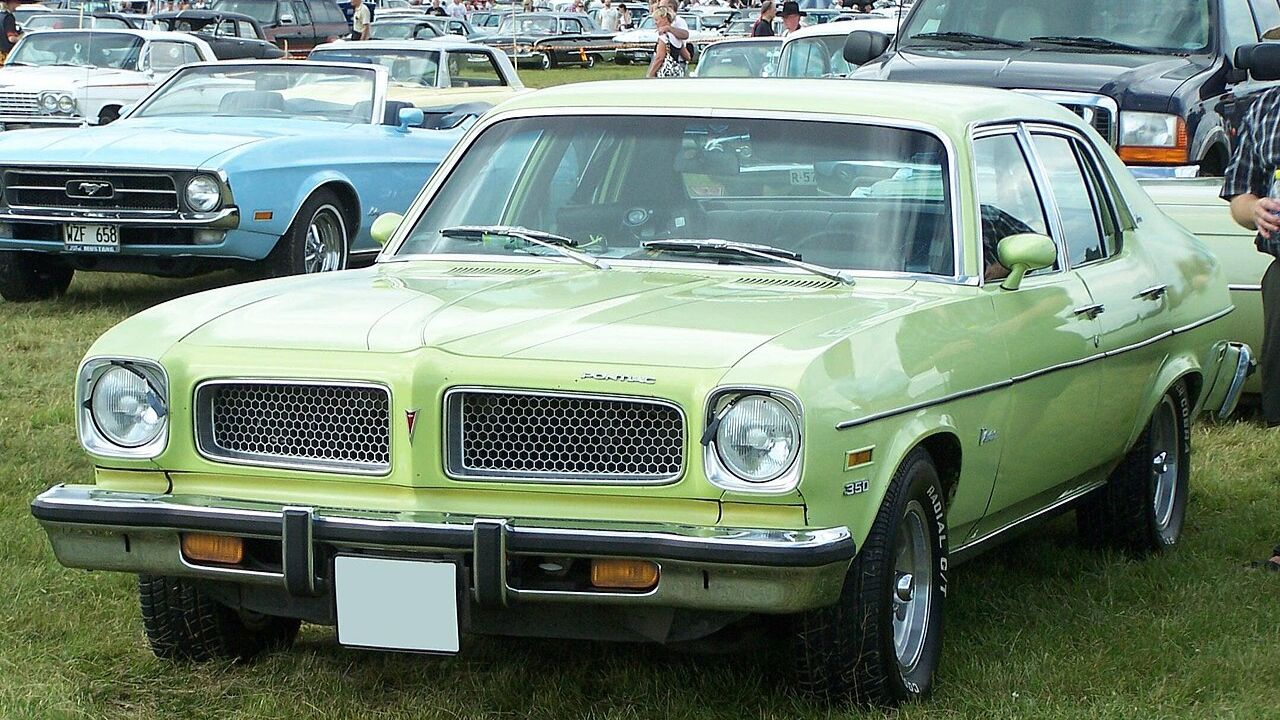
Despite being based on a pretty simple chassis, the Ventura Sprint had decent balance. The small-block V8 didn’t overwhelm the front end, and the overall curb weight came in around 3,200 pounds. That meant it felt lighter on its feet than many bigger cars of the day, and it didn’t plow into corners like you’d expect. It wasn’t engineered to be a canyon carver, but it responded well to inputs and felt more controllable than you might think.
1974 Brought Safety Upgrades Without Killing the Look
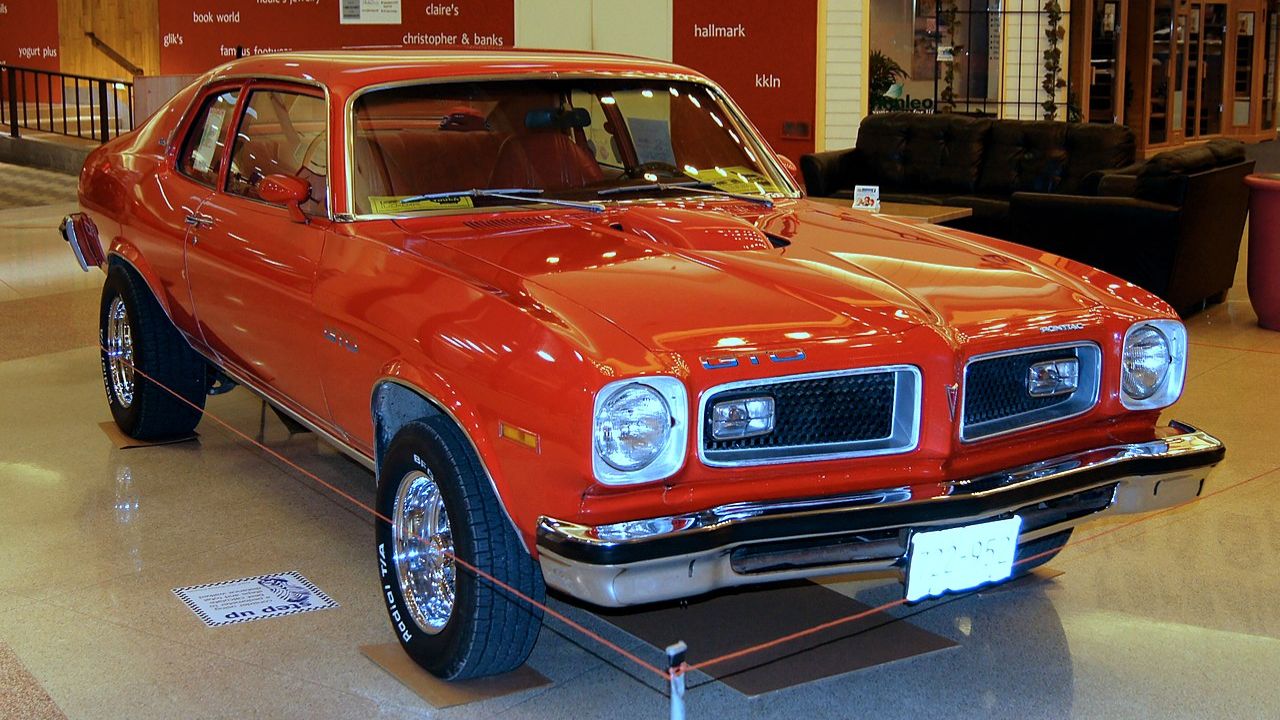
This was the year the Ventura (and every other car) had to deal with 5-mph crash bumper regs. Pontiac actually did a decent job integrating the bumpers into the design without making it look like a brick with wheels. The front and rear bumpers stuck out more, sure, but the lines still flowed and the chrome didn’t feel tacked on. It’s a small thing, but it helped the Sprint keep its style while meeting the new federal rules.
It Was Rare Compared to Its Chevy Counterpart
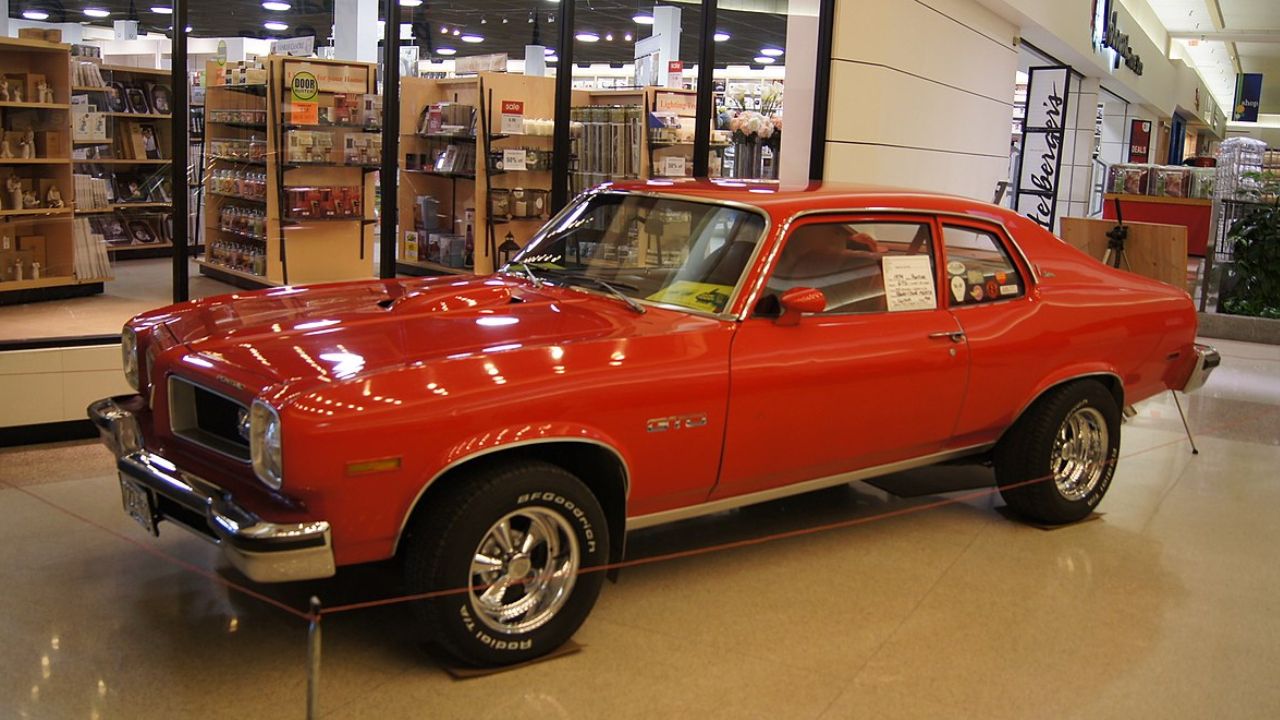
Chevrolet sold far more Novas than Pontiac did Venturas, especially in Sprint trim. That means if you come across a ‘74 Ventura Sprint today, it’s not something you’re going to see at every car show or cruise night. Production numbers were much lower, which makes it a more unique choice for collectors looking beyond the usual suspects. And because of the lower profile, prices have stayed relatively accessible.
The Ventura Sprint Was a Bridge Between Eras
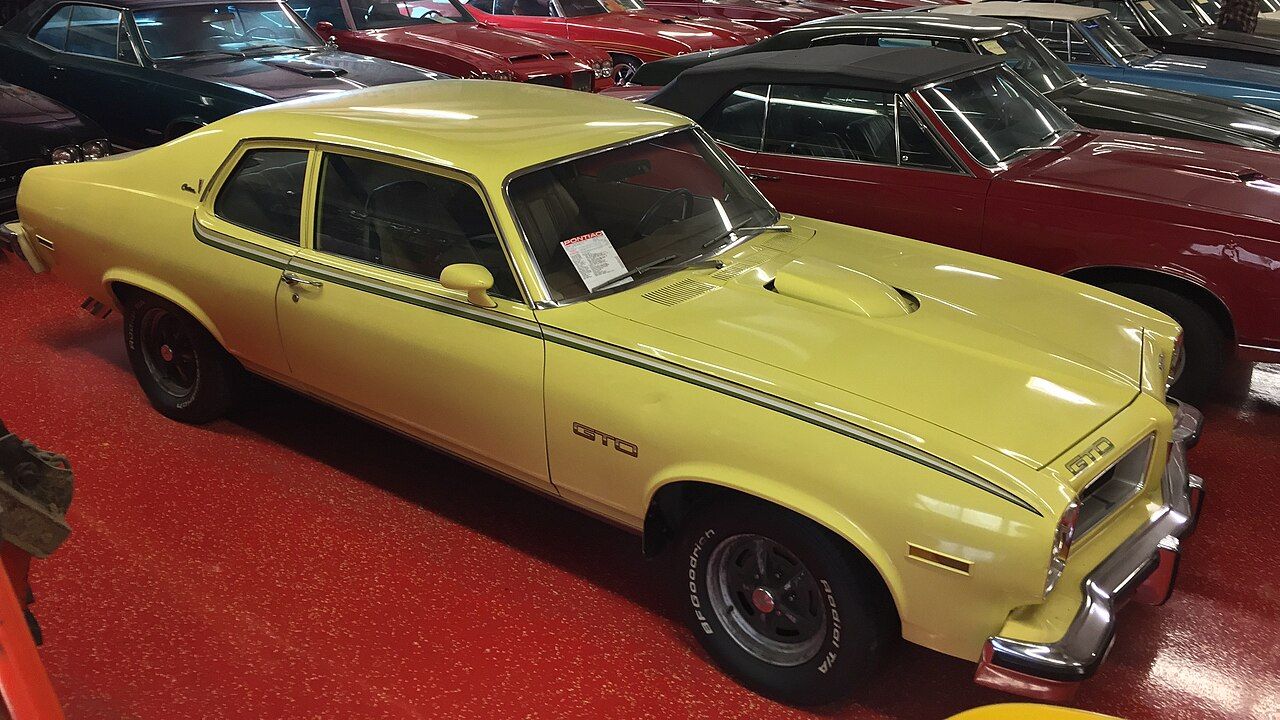
1974 was a weird time—muscle cars were fading, insurance was a mess, and smog regs were killing horsepower. The Ventura Sprint landed in that in-between space. It wasn’t a full-on performance car, but it wasn’t a plain commuter either. It gave buyers a taste of sporty driving without the baggage of high premiums or poor fuel economy. That made it a smart choice then, and now, it’s an interesting snapshot of Pontiac trying to keep some edge in a changing market.
Like Fast Lane Only’s content? Be sure to follow us.
Here’s more from us:
*Created with AI assistance and editor review.

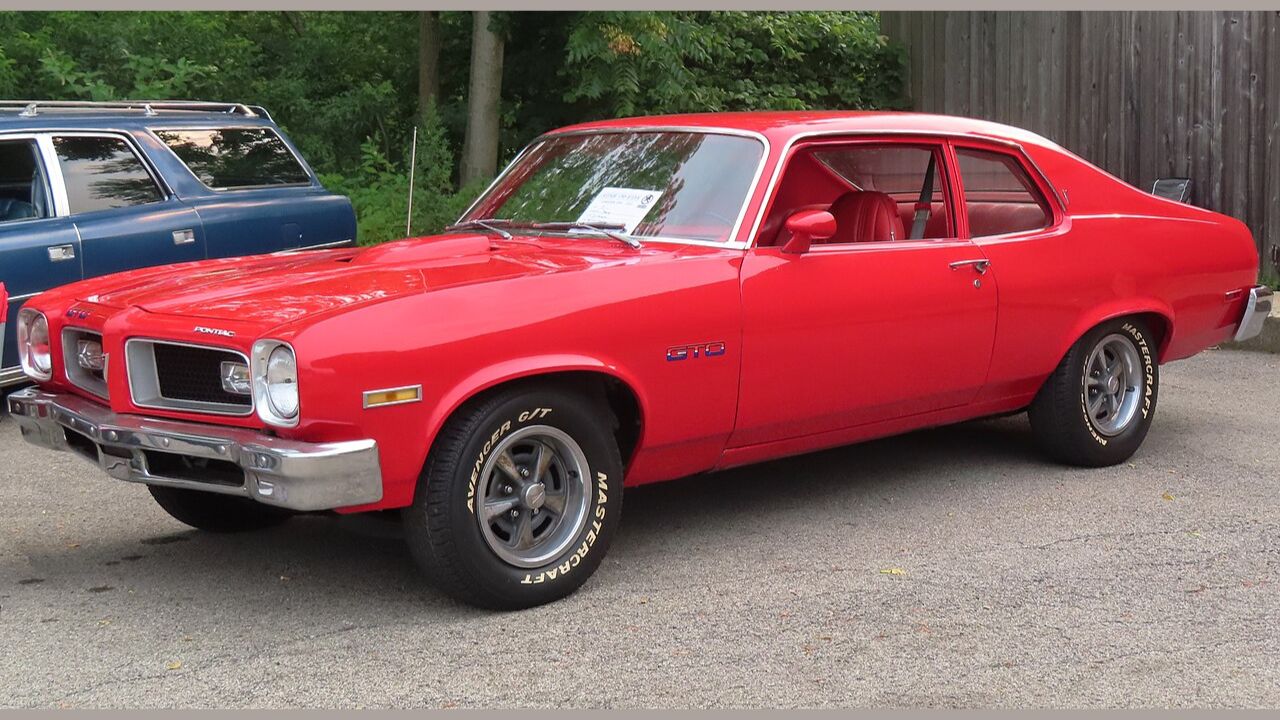
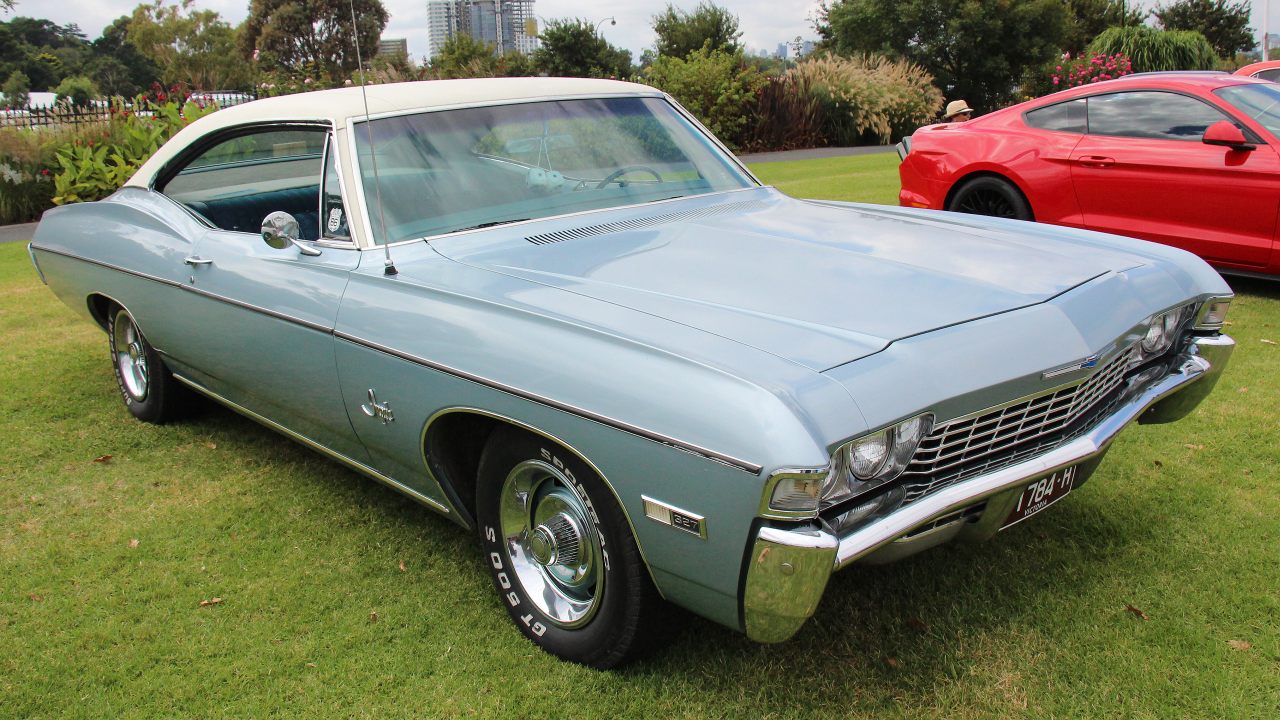
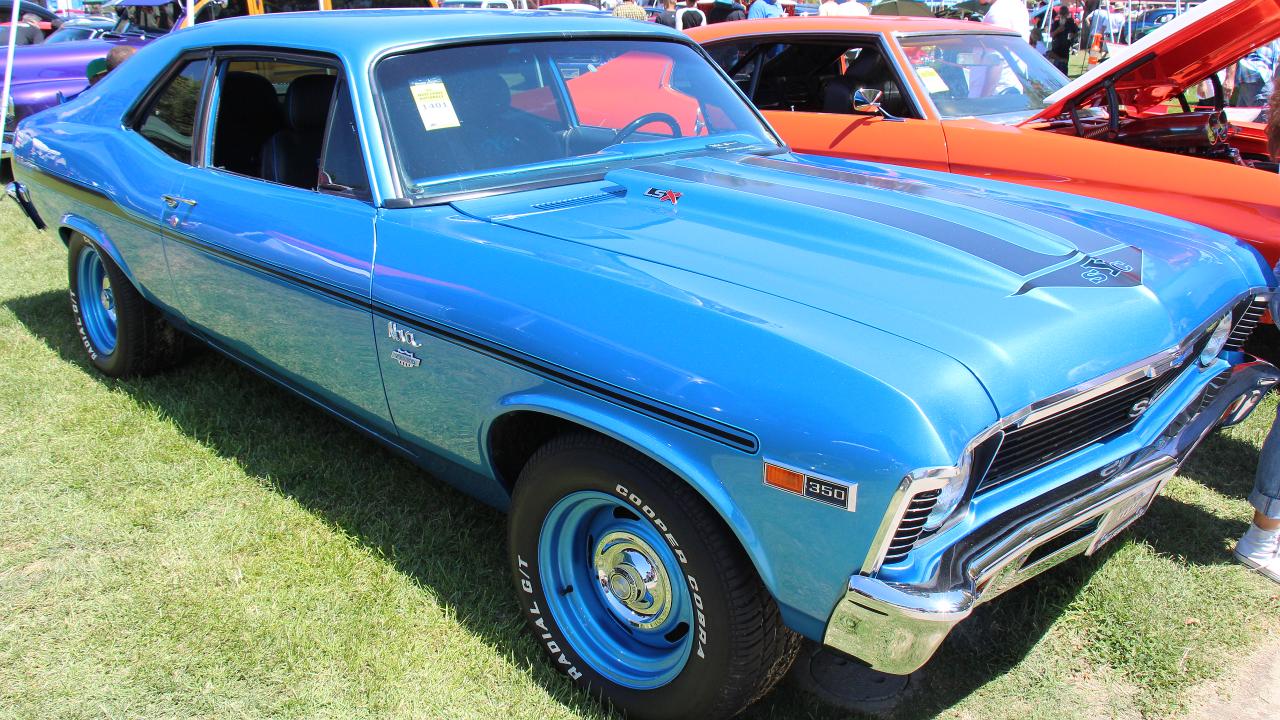
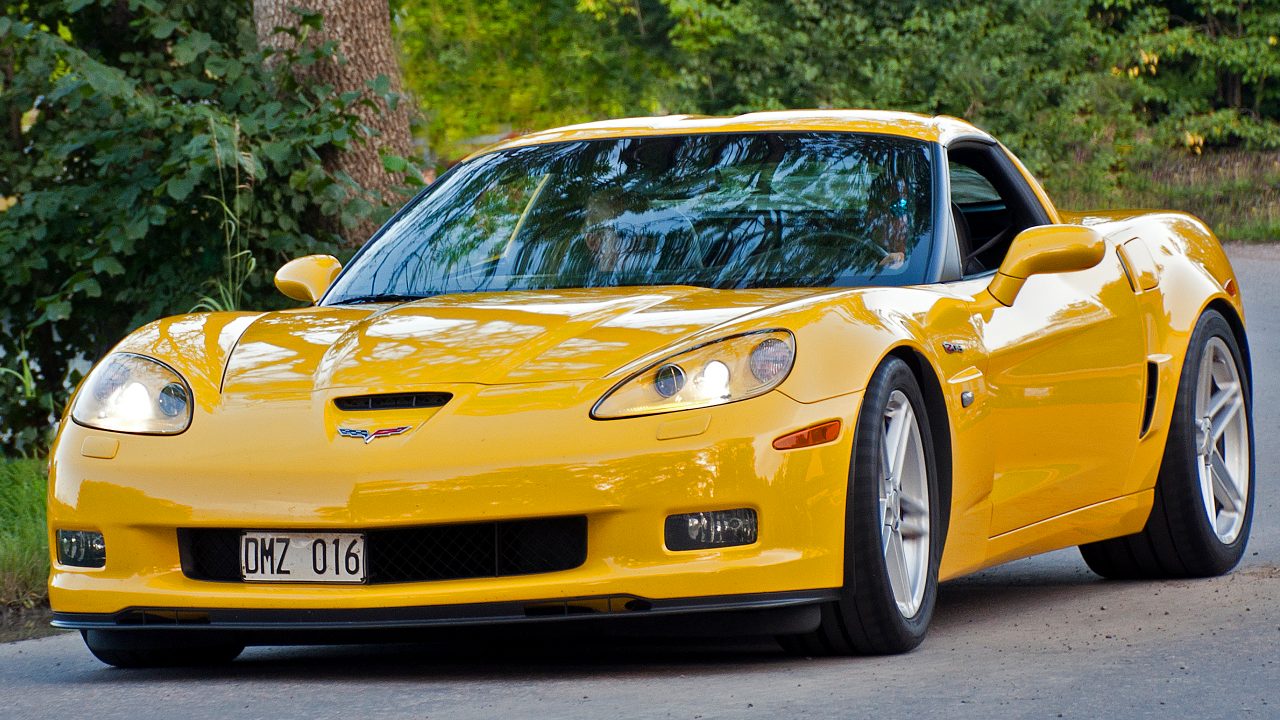
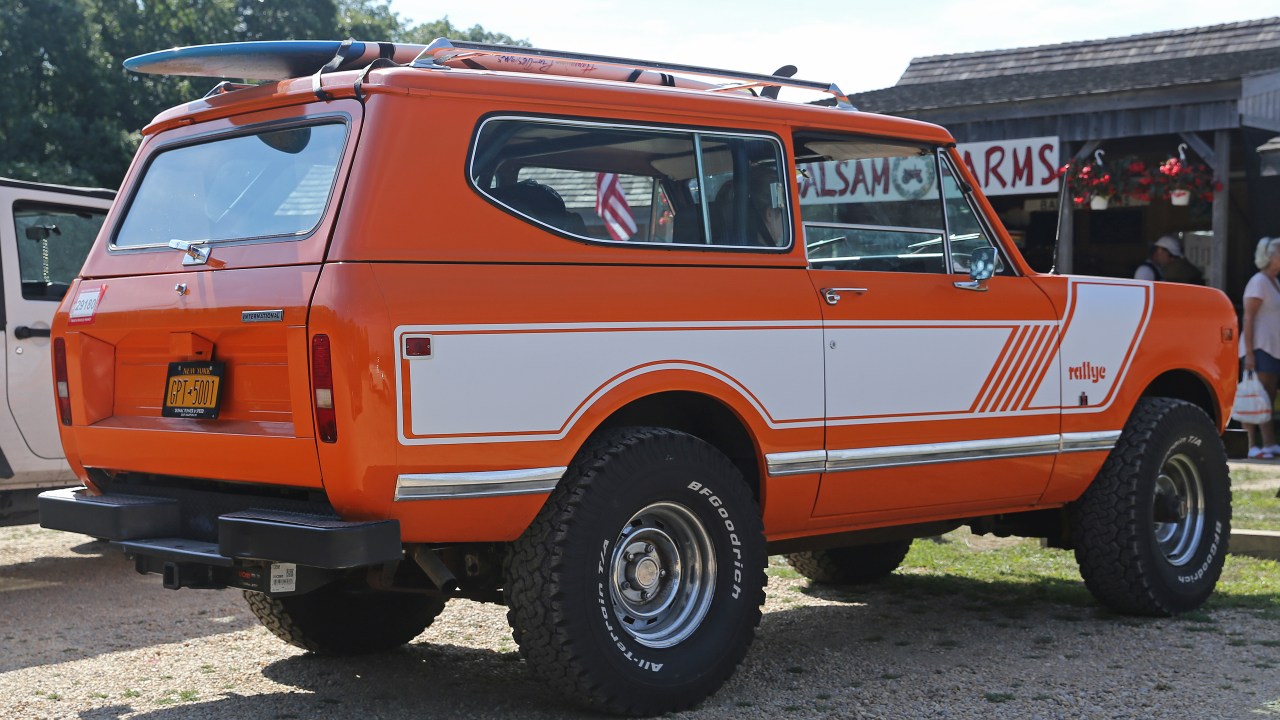
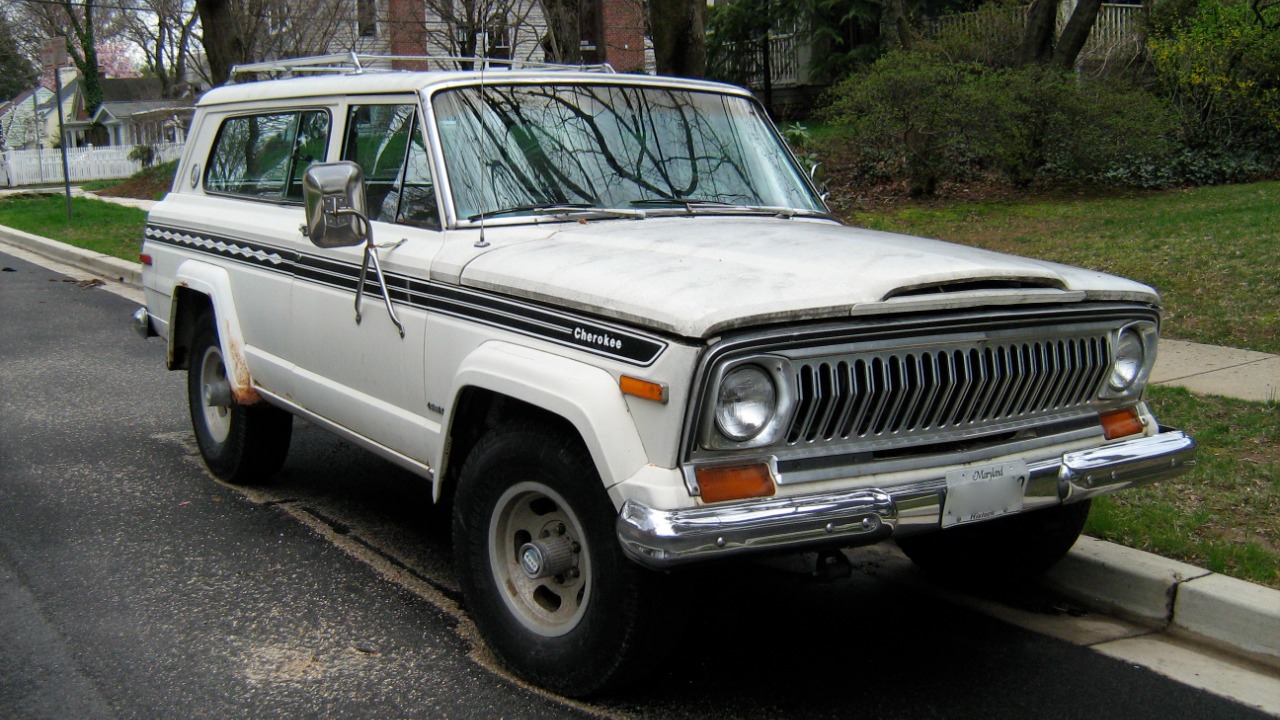
Leave a Reply